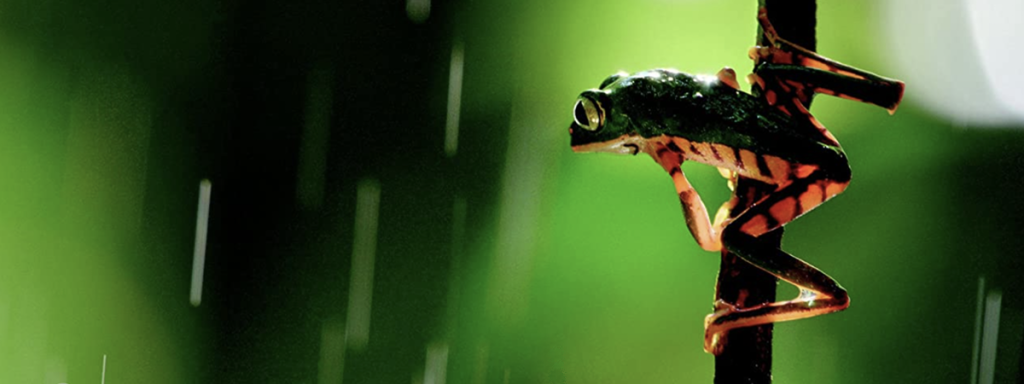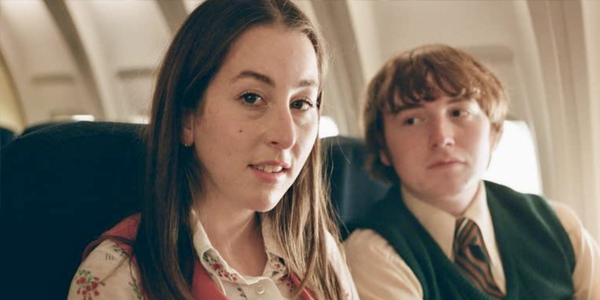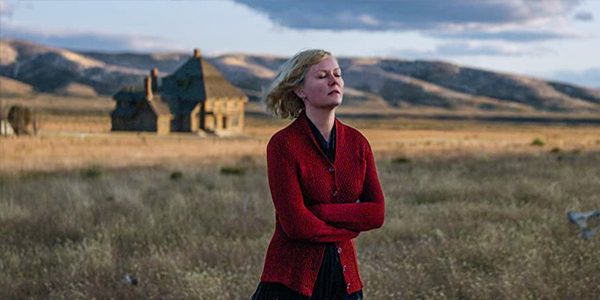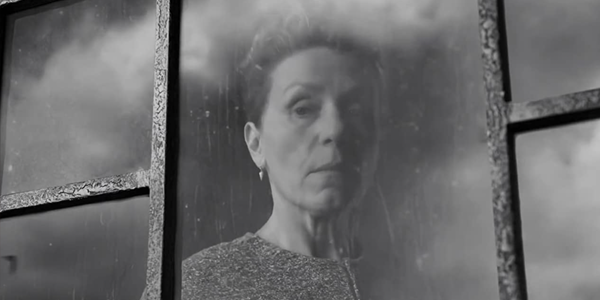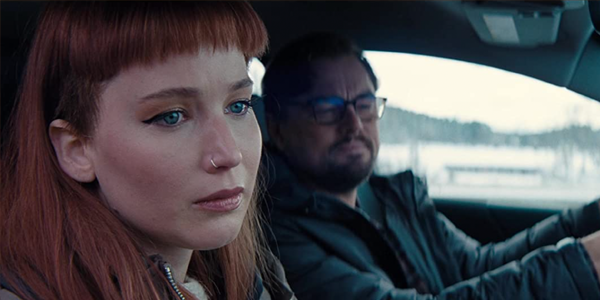recent reviews
Sign up for our monthly newsletter
to stay up to date on Cineluxe
This Richard Attenborough nature documentary for Netflix stretches the boundaries of 4K HDR on streaming
by Dennis Burger
April 9, 2019
It’s been barely more than a year since beloved natural historian Sir David Attenborough took viewers on another romp around the natural world in Blue Planet II, so for some it may seem a little soon for another such epic journey. After all, Attenborough’s tentpole nature documentary series tend to follow big technological leaps, either in terms of presentation (HD, 4K, HDR, etc.) or exploration (e.g. the Nadir and Deep Rover submersibles employed in Blue Planet II).
Needless to say, we haven’t made such quantum leaps in the past calendar year. For the most part, what sets the new Netflix original Our Planet apart from its predecessors isn’t technological (although its heavy reliance on 4K drones does mean that we get to witness the wonders of the natural world from a new perspective at times). No, for the most part, what sets this series apart is its intent and the prominence of its message.
Since the 1980s, Attenborough’s documentaries—at least the big “event” series—have been largely subtle in their environmental and conservational messaging. A summary sentence here or there; maybe a wrap-up episode that connected the dots and spelled out how human activity has threatened and continues to threaten the fragile ecosystems around our pale blue dot.
With Our Planet (and its accompanying hour-long making-of special), that message takes center stage—which isn’t to say that Attenborough dwells on it constantly. Large swaths of the eight-episode series are devoted to the drama, heartbreak, and hilarity of the natural world. Show a ten-minute clip from the middle of any given episode to your dad and he might be hard-pressed to tell it from an old episode of Mutual of Omaha’s Wild Kingdom if not for the stunningly modern cinematography and deliciously dynamic Dolby Atmos sound mix.
But Attenborough does a great job of priming the pump here, setting the stage in such a way that you can’t help but meditate on how much of nature relies on delicate, precarious balances, and how those balances are undeniably being thrown out of whack. One example: It’s one thing to be told that arctic sea ice is on the wane. It’s another altogether to see with your own eyes how that’s affecting the wildlife in the region. At the other end of the globe, we also see how diminishing sea ice around Antarctica is disrupting eating, mating, and migration patterns of everything from seals to penguins to humpback whales.
Even if that message doesn’t resonate with you, it’s impossible to deny that Our Planet is an absolute feast for the eyes. Presented in 4K with both Dolby Vision and HDR10 (depending on which HDR format your system supports), the series is one of the most striking video demos I’ve ever laid eyes on—in any format. The high dynamic range is used to enhance everything from the iridescent shimmer of orchid bees to the fluorescent glow of algae growing underneath sea ice, and while we’ll likely never know how much better (if at all) it could look if released on full-bandwidth UHD Blu-ray or via Kaleidescape, one thing is for certain: This streaming series manages to surpass the already mind-blowing video presentation of Blue Planet II on any format, streaming or not, and that’s mostly due to its stunning HDR mastering and grading.
There are times when the contrasts and highlights are so rich and nuanced and the imagery so detailed that your brain just can’t help but interpret the picture as glasses-free 3D. Individual snowflakes fall through the back of the frame, reflecting stray sparkles of sunlight without a hint of lost definition or clarity. If not for the liberal application of slow-motion, you’d swear you were looking out a window. Only the appearance of some very occasional, subtle, fleeting, almost imperceptible banding in the underwater sequences of the second episode give the slightest clue that this isn’t uncompressed video.
The audio is mostly fantastic, as well. For a nature documentary, the surround effects can be startlingly aggressive but they’re never egregious and are always used for the purposes of immersion, not merely spectacle. If I have a slight beef, it’s that the Dolby Digital+ encoding doesn’t quite fully capture the nuanced timbres of Sir Attenborough’s inimitable voice in the way I suspect Dolby TrueHD would.
As mentioned above, the series is also among the rare Netflix offerings to be accompanied by bonus features—in this case, a behind-the-scenes documentary that sheds light on how so many of the stunning images within were captured. The series was four years in the making and involved 3,365 filming days at 200 locations, with a total of 6,000 drone flights and 991 days at sea. With only an hour to play with, the behind-the-scenes doc can’t dig into all of the high-tech trials and tribulations of the filming but it’s enough to scratch your curious itch and answer most of the biggest “How did they film that?!” questions you might have.
In the end, it’s difficult for me, a nearly fanatical David Attenborough devotee, to come to terms with the fact that Our Planet could conceivably be the last of his major earth-spanning natural history mini-series. He is, after all, approaching the age of 93. As such, and when taking into consideration the urgency with which he delivers his message here, it’s hard not to view this series as a potential swan song. If that be the case, I couldn’t imagine a finer farewell, nor a more fitting final lesson from the man who has done so much to entertain, inform, and enlighten us about the wonders of the natural world for the better part of half a century. To call this one “essential viewing” may be the biggest understatement I’ve ever typed.
Dennis Burger is an avid Star Wars scholar, Tolkien fanatic, and Corvette enthusiast who somehow also manages to find time for technological passions including high-end audio, home automation, and video gaming. He lives in the armpit of Alabama with his wife Bethany and their four-legged child Bruno, a 75-pound American Staffordshire Terrier who thinks he’s a Pomeranian.
PICTURE | This streaming series surpasses the already mind-blowing video presentation of Blue Planet II on any format, streaming or not, thanks mostly to its stunning HDR mastering and grading.
SOUND | For a nature documentary, the surround effects can be startlingly aggressive, but they’re never egregious and instead are used for the purposes of immersion, not merely spectacle
© 2023 Cineluxe LLC


